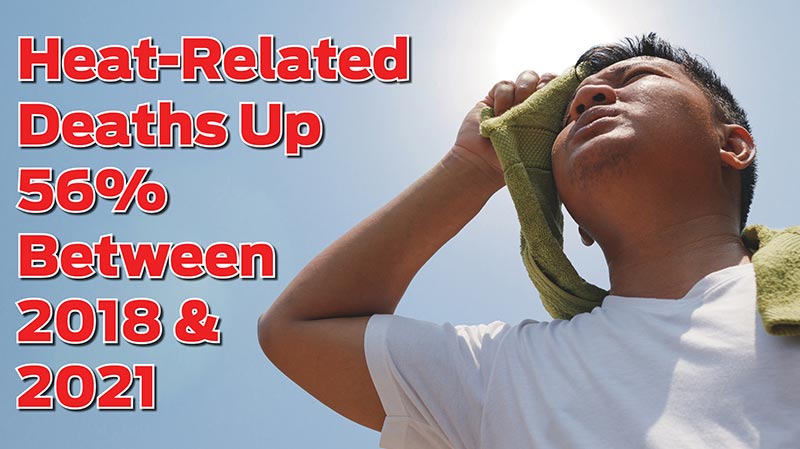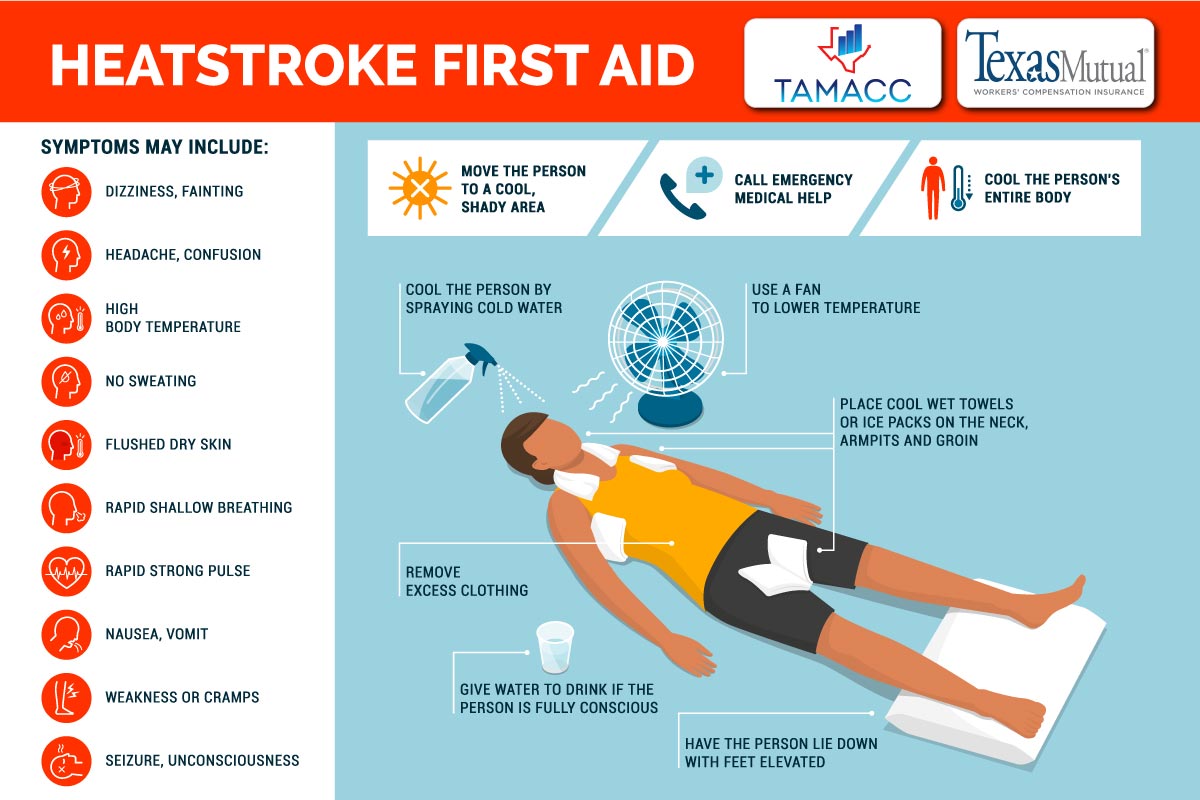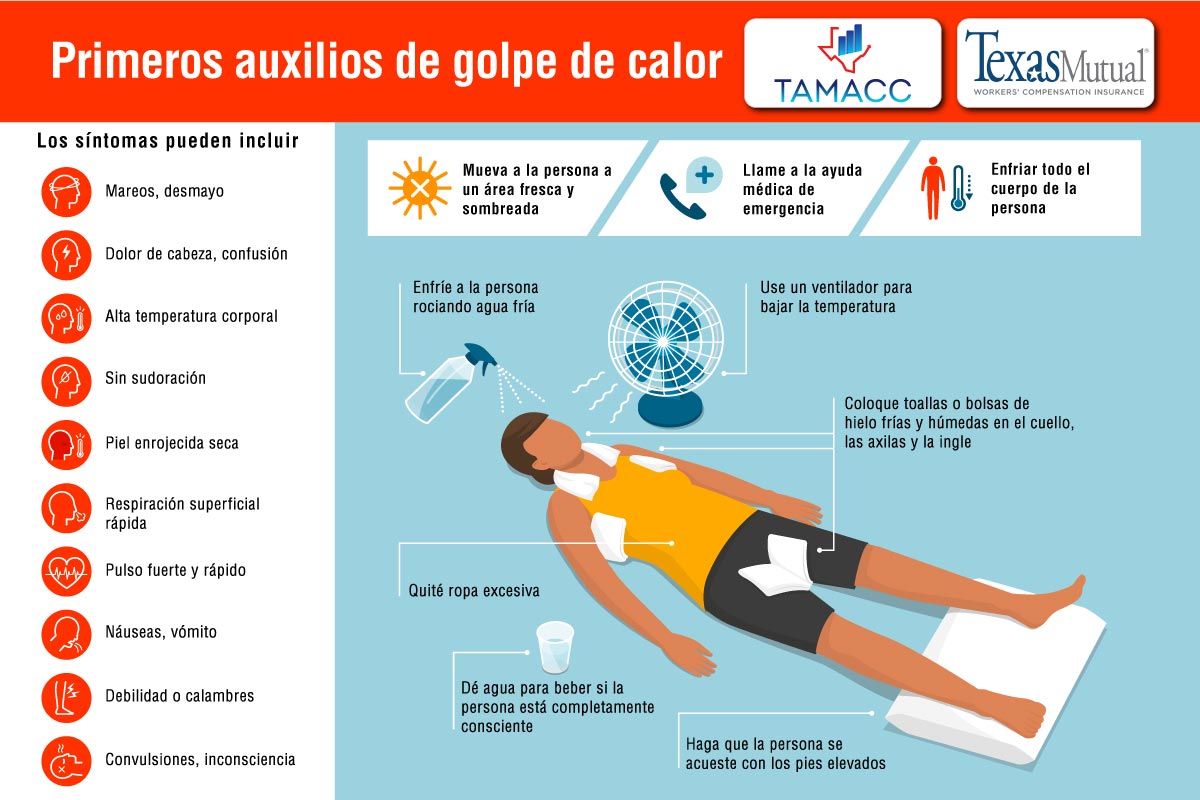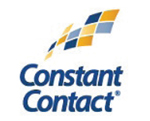
Extreme heat feels like the new normal for many people in Texas and the U.S. Last July was the hottest month ever recorded according to the National Oceanic and Atmospheric Administration (NOAA).
There seems to be no end in sight to this record-breaking heat. Sadly, these elevated temperatures can also lead to record-breaking deaths due to heatstroke.
According to the United States Environmental Protection Agency report Some statistical approaches estimate that more than 1,300 deaths per year in the United States are due to extreme heat, compared with about 600 deaths per year in the “underlying and contributing causes”
As global temperatures continue to rise so do heat-related deaths. Early estimates from the Centers for Disease Control and Prevention (CDC) indicate that heat-related deaths jumped 56% between 2018 and 2021.
Preventing a heatstroke requires personal responsibility, taking matters into your own hands, and taking the necessary precautions to avoid heat-related illnesses or even death. If you are an employer or manager keep your people safe, make sure your employee’s personal and working conditions are safe and free from heat-related incidents.
Causes: According to Mayo Clinic the causes of heatstroke are exposure to a hot environment and strenuous activity. These can be brought on by wearing excess clothing, drinking alcohol, and becoming dehydrated. Anyone can be afflicted with heatstroke, but multiple factors can increase your risk such as:
- Age affects one’s ability to withstand changes in body temperature, which will [i]most adversely affect very young people and adults over 65.
- Certain medications and health conditions can also affect your body’s ability to respond to heat and stay hydrated.
- Physical exertion in hot weather and sudden exposure to hot weather both increase your susceptibility to heatstroke along with a lack of air conditioning.
Symptoms: To better prevent or treat a heatstroke, it is important to recognize the signs and symptoms which include:
- High body temperature (104 F or 40 C)
- Lack of sweating
- Flushed and dry skin
- Rapid pulse and breathing
- Headache or confusion
- Dizziness or fainting
- Nausea and vomiting
- Physical weakness
- Passing out or seizing
The long-term effects of heatstroke include vital organ damage and heatstroke may lead to death if not prevented or treated properly.
Treatment: When someone is afflicted by a heatstroke, do not hesitate to call emergency medical services. The most effective on-site treatment is to cool the person’s entire body. Move the person to a cool, shady area and remove their excess clothing. Have them lie down with their feet elevated and use various methods to cool them down such as:
- Spraying the person with cold water
- Using a fan to lower the person’s temperature
- Placing cool wet towels or ice packs on the person’s neck, armpit, and groin
- Giving the person water if they are fully conscious.
Prevention: To prevent heatstroke, the CDC recommends people stay cool, stay hydrated, and stay informed. These preventative measures will help you maintain your body heat and stay cool, which will help prevent heatstroke.
- Wearing lightweight, light-colored, loose-fitting clothing to reduce internal heat build-up.
- Stay inside buildings with air conditioning and schedule your time outside during cooler hours of the day to maintain your body heat.
- When working outside pace your physical activity to avoid over-exertion and wear sunscreen to prevent sunburns.
It is also important to remember to NEVER leave a child or animal in parked cars. Cars quickly heat up to fatal temperatures and can cause heatstroke or death even to adults.
Keeping yourself hydrated will also prevent a heatstroke from occurring. This means drinking more fluids even when you are not active or thirsty. Avoid very sugary or alcoholic drinks as they cause you to lose body fluid. Also remember to keep your pets hydrated by providing them plenty of fresh water in a shady, cool area.
To stay informed, check your local news and weather stations for heat alerts and for information on cooling shelters in your area. Learn the causes and symptoms of heatstroke and the preventative measures and treatments. When working outside, use a buddy system with another person to monitor each other’s condition.
If your chamber, business, organization, or state agency would like a copy of the above infographic contact us at president@tamacc.org We can provide you camera ready art for printing or formatted for electronic newsletters or social media platforms.























